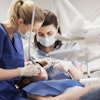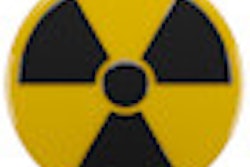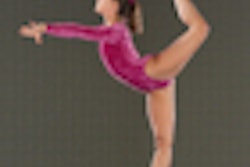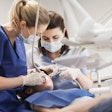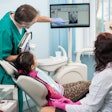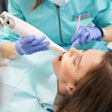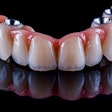In response to growing concern that digital images and radiographs can be manipulated or altered using photo editing software, some forensic dental experts have outlined techniques to help dentists detect such manipulations.
In "Detecting Computer-Enhanced Dentistry" (Journal of the Massachusetts Dental Society, Summer 2008, Vol. 57:2, pp. 30-32), E.J. Neiburger, D.D.S., and Yehonatan Frandzel, F.P.H., explain that restorations, teeth, and pathology can be virtually created, removed, or modified in the digital image.
"Today, a digital photo or radiograph may show a virtual (false) reality that is considerably different than actual reality," they wrote. "Therefore, there is a need for the practitioner to know how to detect virtual (computer-generated) images and distinguish them from reality."
In some cases, this activity may approach the level of fraud in which images of restorations or treatments (e.g., endodontics or extractions) can be created by computer and submitted as evidence in trials or sent to third-party payers as proof of actual diseased conditions or previously billed treatments, they added.
Here are some of the tips they recommend dentists use to identify an altered image:
- Be suspicious of a photo that is too perfect and defies your own experience. "Perfect margins, shading, and alveolar bone regrowth should raise questions," the authors wrote.
- Straight lines and perfect angles should ring alarm bells, as they seldom occur in real life.
- If restorations appear as one solid color, you should be suspicious. Actual restorations usually show various degrees of density and are seldom one color or shade.
- Look for imperfections in geometry, and check if the image quality remains consistent.
- Brush marks, tracks, rough texture transitions, and uneven pixilation can also indicate that the image has been edited.
- Enhanced images have a considerably larger file size than original images.
- Also, "look for 'Frankenstein' images where, in many photos, the head of a subject appears to be stitched onto the body or a virtual tooth is inserted into a jaw," the authors noted.
